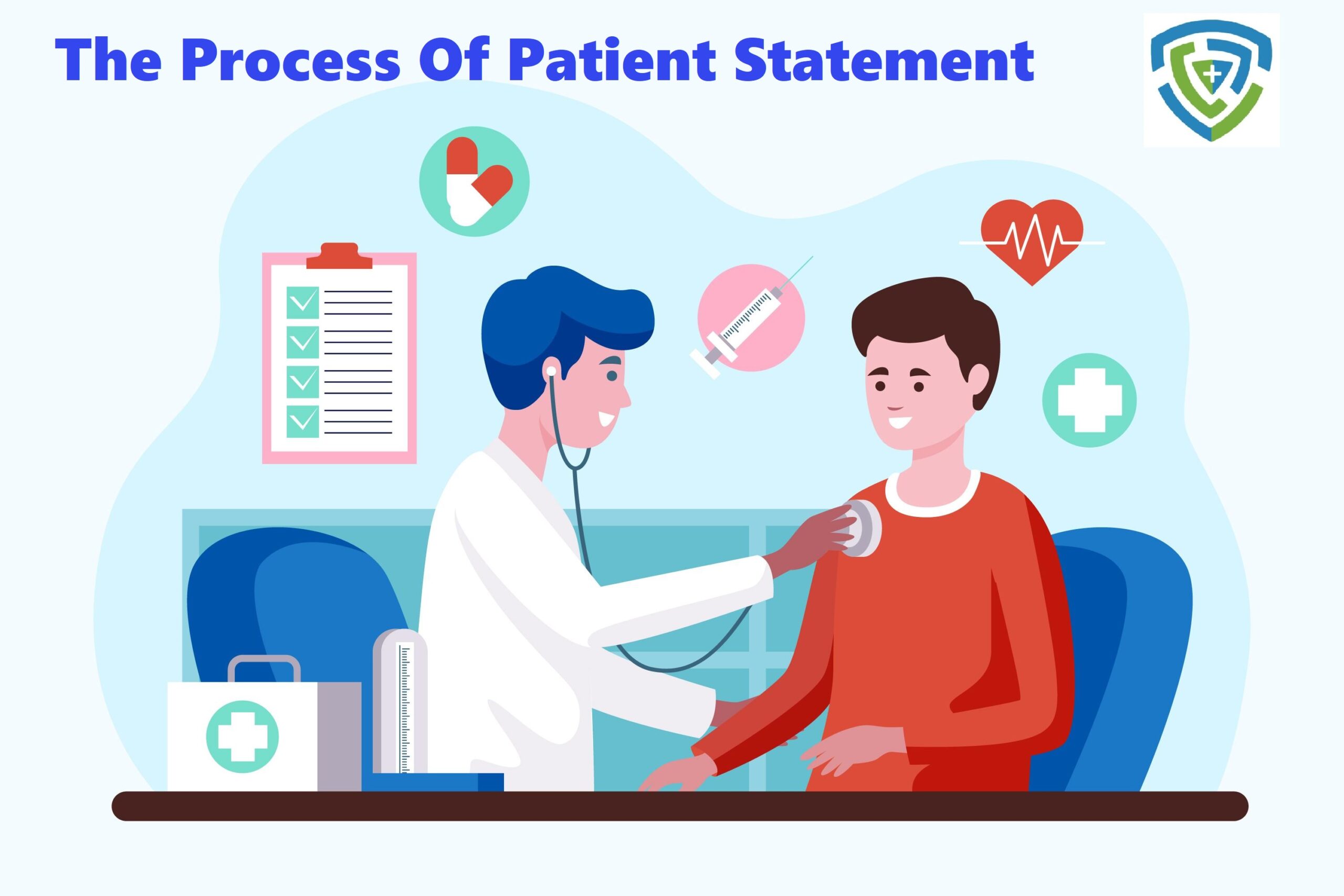Introduction
The evolution of Health Information Systems has made the healthcare profession more dynamic and complex in the current era. Now new roles in the healthcare industry are more and more in demand. The part of the medical coding and billing profession has gone through exponential growth. Due to the growth of the healthcare industry, demand for the coding profession development and enhancing clinical knowledge through ongoing education have become essential. Patient statement service help to reduce the administrative burden by issuing service bills. That helps the doctors do their job smoothly without extra work pressure. Patient statement service is an important job, and with it, it becomes possible for healthcare organizations to optimize the transparency and accuracy of financial transactions of organizations. The article will overview the patient statement services process in detail.
Medical Documentation And Coding
Medical documentation starts right from the moment a doctor sees a patient. They assess the patient’s condition, collect their history, review the previous medication, and decide on the diagnosis, treatment, and medical procedures. Medical coders then convert these findings into alphanumeric code based on the knowledge extracted from the physician notes, transcription, laboratory, and radiology results. It is like musicians translating the written music and deciding about the instrument to make a melody. Similarly, medical coders translate the medical record into a standardized code. Medical code is not merely a patient’s medical record but a pathway to how a doctor gets paid. The coders make a medical claim that transfers to the payer.
Claim Generation
These codes tell the payer about the patient’s diagnosis, treatment, medical necessity, and usual circumstances that could influence the condition. The information helps to generate the claim. These claims also provide detailed information regarding a patient’s services at the hospital, like stay, hospital visit, and undergoing radiology. Then insurance company processes the claim and pays the doctors for patient services.
Insurance Submission
First, you must collect itemized medical bills for the patient statement service or medical billing. These bills tell about the benefits, cost of treatment, and special codes that tell the insurance company about your claim. Then fill out the insurance form and have different questions about illness or accident. It helps to understand the expenses you cover under the available insurance plan. The form has patient information, policy information, reason for doctor visits, and provider information. Once it generates then, it submits to the insurance company for reimbursement.
Claim Adjudication
In this process, the medical claim has been selected for detailed review. The insurance company reviews the codes, patient information, and above the type of policy. They analyze whether or not the medical services are covered under the patient’s insurance policy. In this process, an assessment of the policy coverage, coding errors, and comparison of patient details against the policy coverage has been made.
Explanation Of Benefits (EOB)
After the detailed claim review, the health insurance company sends an exact copy EOB to the patient and the healthcare provider. In the EOB, an outline of the billed, partially denied services, a list of services covered under the insurance, and related details are sent to doctors and patients. It also tells the patient responsibility to pay against the services through payment or coinsurance.
Generation Of Patient Statement Service
The patient statement service is generated if the EOB indicates the patient’s responsibility. The statement tells the patient about the benefits received, policy coverage, services denied, and bill details. The statement also describes the patient, the amount the insurance company will pay, and the patient’s share not covered under the insurance coverage.
Billing And Payment
When the patient statement of service is generated, it is sent to the patient. Traditional or electronic emails are mainly used to send the statement to patients. Patients then review the information to get to know about their financial obligations. Then they pay bills to healthcare professionals or the billing entity.
Payment Posting
Once the payment is received, they post it on the financial system of the doctors. The posting on the economic system of healthcare providers assists in accurately tracking the payment and keeping the right track of the financial position of the healthcare business.
Follow Up And Resolutions
Suppose patients have disputes or queries regarding the patient statement service or claim. The customer service management team addresses these issues. They clarify the codes and assist in the understanding of billing statements. The team also helps the patient regarding insurance queries.
Financial Reporting
Financial reporting is a synopsis of an organization’s monetary value with which healthcare providers can settle data on educated choices for the present and, in addition, for what is to come. It is common knowledge that an indispensable capacity of administration is to guarantee that money-related proclamations are set up to demonstrate the genuine budgetary position of the organization, occasionally to be utilized by investors or financial specialists. The financial reporting informs healthcare professionals of a snapshot overview of the healthcare business’s assets, liabilities, and equity. With this information, healthcare organizations can avoid insolvency (the inability of a company to meet its short-term and long-term obligations/debts).
Conclusion
All successful healthcare providers know the importance of patient statement service in managing the assets and finances of their businesses. They maintain detailed and accurate monthly/yearly financial analyses to accomplish this. The billing department of a healthcare organization is the source of assisting any error in the patient statement service.
FAQs
What is Patient Statement Service?
Patient statement service is a medical bill a healthcare provider sends patients. When patients visit the clinic and get services from doctors, they get an account through email or regular mail. A healthcare provider usually spends a lot of money on sending and managing these statements. That is why they hire individuals whose sole duty is to handle medical bills and efficiently collect medical fees. Patient statement service care about all financial responsibilities, and you, as a doctor and your staff, get time to focus on the patient’s care.
Can patient statement service help in the insurance claim denial?
Yes, patient statement service help in addressing the insurance claim denial. You can consult with the billing department to overcome the issue. It is also possible that you can re-appeal for the denial claim along with the necessary documents.
Can only insured patient benefit from the patient statement service?
No, not only insured patients but also uninsured patients can get benefits from the patient statement service. It offers a Medicare cost outline to both insured and uninsured patients. However, uninsured patients may have different financial agreements against the benefits. For example, they may pay through a financial plan or self-pay.
What information is shared through the patient statement?
A patient statement shared information about the service date, type of medical service rendered to the patient, service cost, medical billing and coding, and included payment options.
What is the impact of medical coding on the patient statement?
Accurate medical coding is essential for the transparency of patient statement service. Accurate coding candidly tells about bill amounts, payment options, and services rendered to patients. Inaccurate coding leads to billing errors and could be a potential cause of claim denial.
For Invaluable Insights and Daily Updates, Follow Us on LinkedIn or join us on Quora.

